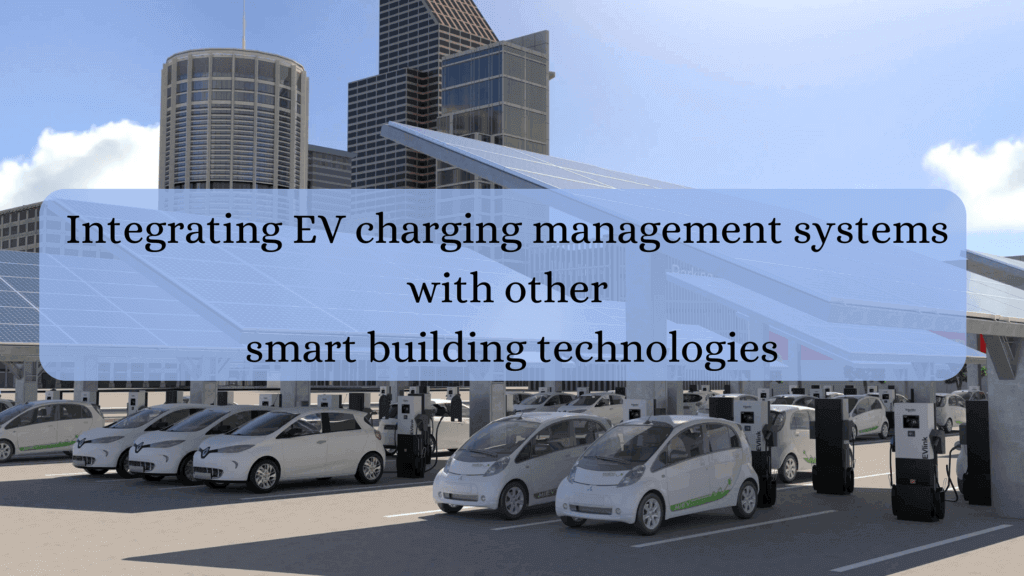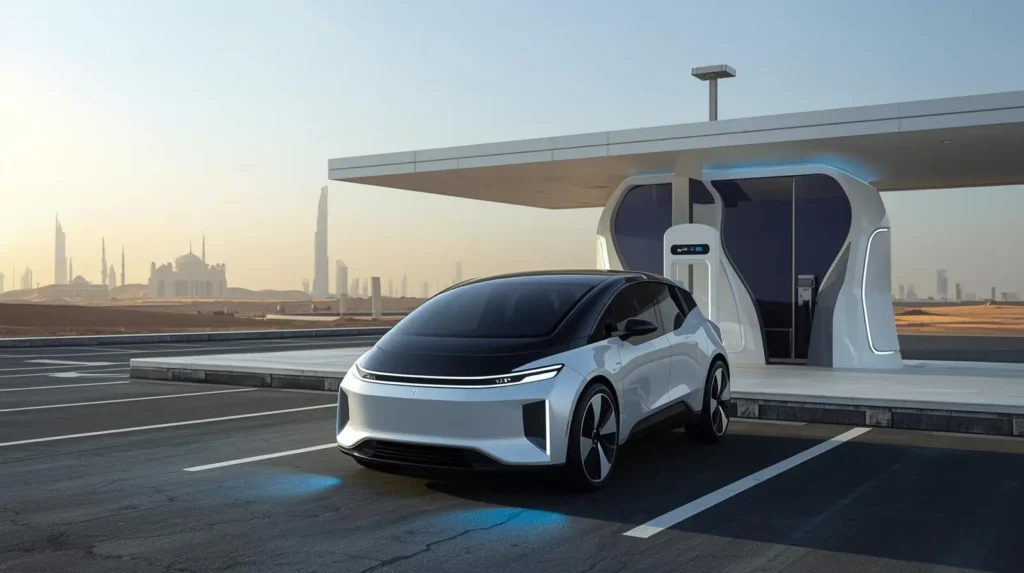
In today’s world, the increasing demand for electric vehicles (EVs) has led to a need for integrating EV charging management systems with other smart building technologies. Smart building technologies have the potential to enhance the efficiency and sustainability of EV charging stations, enabling businesses to reduce their carbon footprint and save costs in the long run. In this article, we will discuss the benefits of integrating EV charging management systems with other smart building technologies and explore the different types of technologies that can be integrated.
Benefits of Integrating EV Charging Management Systems with Smart Building Technologies
Integrating EV charging management systems with other smart building technologies can bring about various benefits, including:
- Efficient use of energy: Improved user experience: Integrating EV charging management systems with other smart building technologies can enhance the user experience of EV owners. For example, they can use a mobile app to locate the nearest charging station, check availability, and reserve a spot.
- Cost savings: Smart building technologies can help reduce costs by optimizing the use of energy and avoiding peak energy consumption times. Additionally, businesses can monetize the use of EV charging stations by charging a fee for their use.
- Sustainability: Integrating EV charging management systems with smart building technologies can help reduce the carbon footprint of businesses by optimizing energy use and reducing reliance on non-renewable energy sources.
Types of Smart Building Technologies that can be Integrated with EV Charging Management Software
1. Building Automation Systems (BAS)
Building Automation Systems (BAS) are integrated systems that control a building’s various systems, including lighting, heating, ventilation, air conditioning, security, and access control. Integrating BAS with EV charging management software enables businesses to optimize energy usage within the building. For example, the BAS can automatically reduce lighting and heating/cooling systems during peak energy consumption times to avoid overloading the grid and reduce costs. It can also ensure that the building’s energy consumption is optimizable while charging EVs.
2. Energy Management Systems (EMS)
Energy Management Systems (EMS) monitor and optimize the energy usage of a building. By integrating EMS with EV charging management software, businesses can monitor the energy usage of the EV charging station and optimize it accordingly. For example, EMS can automatically reduce the charging rate during peak energy consumption times to avoid overloading the grid and reduce costs. Additionally, EMS can help businesses track their energy usage, set goals, and identify areas for improvement.
3. Lighting Control Systems (LCS)
Lighting Control Systems (LCS) control and manage the lighting in a building. By integrating LCS with EV charging management software, businesses can reduce energy consumption and costs. For example, LCS can automatically turn off unnecessary lights in the parking lot when the EV charging station is not in use. This can help reduce energy costs and improve the sustainability of the building.
4. Smart Grids
Smart grids are integrated systems that use the latest technologies to manage the distribution and consumption of energy. Integrating smart grids with EV charging management software enables businesses to optimize the use of renewable energy sources. For example, during times of peak solar or wind energy generation, the EV charging station can automatically switch to renewable energy sources to reduce reliance on non-renewable energy sources. Additionally, smart grids can help businesses monitor their energy usage, set goals, and identify areas for improvement.
5. Internet of Things (IoT) devices
Internet of Things (IoT) devices are sensors and devices that can collect and transmit data over the internet. Integrating IoT devices with EV charging management software enables businesses to monitor and optimize the performance of the EV charging station. For example, IoT sensors can be functional to monitor the charging rate and adjust it to optimize energy usage and reduce costs. Additionally, IoT devices can help businesses track their energy usage, set goals, and identify areas for improvement.
6. Energy Storage Systems
Energy Storage Systems (ESS) store energy generated from renewable energy sources. By integrating ESS with EV charging management software, businesses can reduce their reliance on non-renewable energy sources and optimize the use of renewable energy sources. For example, during times of peak solar or wind energy generation, the EV charging station can automatically switch to the stored energy to reduce energy costs.
Read More – Top 10 EV Charging Software Companies in 2023
Conclusion
In conclusion, integrating EV charging management systems with other smart building technologies is a crucial step towards creating a sustainable future. By optimizing energy usage, reducing costs, and improving user experience, businesses can reap the benefits of efficient and eco-friendly operations. The various types of smart building technologies available for integration, including building automation systems, energy management systems, lighting control systems, smart grids, and internet of things devices, provide a wide range of solutions for businesses to achieve their sustainability goals. Ultimately, integrating EV charging management systems with other smart building technologies not only benefits businesses but also contributes to reducing carbon emissions and preserving the environment for future generations.



